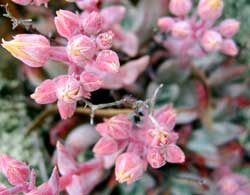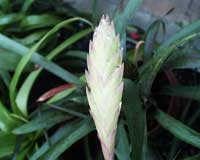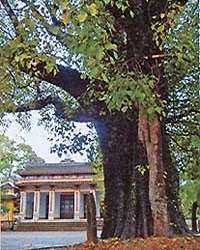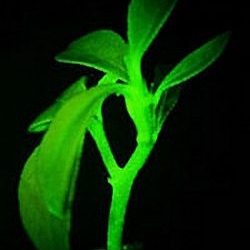 Plants have long been considered “unfeeling and unthinking” organisms, but in 1970, an Australian scientist made a remarkable discovery: plants can communicate. For instance, when they experience drought, they emit a distress signal that translates to “Thirst! Thirst!”
Plants have long been considered “unfeeling and unthinking” organisms, but in 1970, an Australian scientist made a remarkable discovery: plants can communicate. For instance, when they experience drought, they emit a distress signal that translates to “Thirst! Thirst!”
At that time, the phenomenon could not be explained. Later, science discovered that these sounds originated from the vibrations of water-conducting tubes within the plant’s stem. But were these sounds random, or did the plants “actively” call out for help?
Researchers set up specialized devices, such as sensors and signal receivers, to “listen” to the voices of plants. They found that when plants received adequate light and nutrients, they emitted signals. However, could these signals be considered a language of plants?
Moving into the 1980s, an American scholar presented evidence suggesting that the signals emitted by plants might indeed be a form of their language. While the arguments seemed plausible, they lacked sufficient proof to convince many scientists, prompting further exploration into the mystery of plant communication.
Recently, scientists have developed a “Plant Activity Translator” capable of detecting the sounds of plants. Through their research, scholars discovered that the sounds emitted by plants change with sunlight. When in darkness and suddenly exposed to bright light, plants produce alarming sounds; during wind, storms, or drought, they emit fearful and chaotic noises. Under normal conditions, some plant species make sounds resembling flutes or human breathing…
Despite these findings, many scientists still do not recognize the existence of a “plant voice.” Yet, folklore has long held the belief that “trees have souls.” The ultimate answer remains ahead of us.





















































